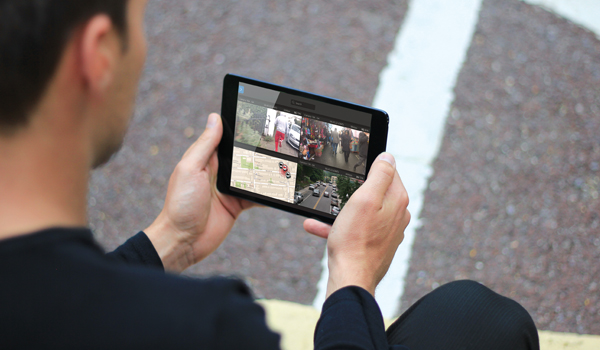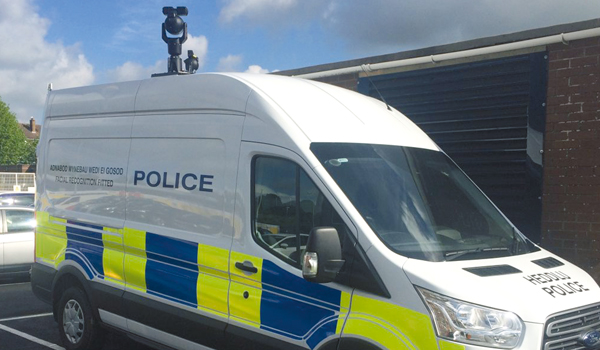Next-generation emergency response
The use of live streaming video by first responders is being encouraged by the introduction of the Governments new Emergency Services Network, being provided by mobile operator EE, which will give police access to 4G voice and data for the first time.
The use of live streaming video by first responders is being encouraged by the introduction of the Governments new Emergency Services Network, being provided by mobile operator EE, which will give police access to 4G voice and data for the first time.
EE says its 4G LTE (long-term evolution) national network will significantly improve the efficiency of the emergency services by giving them access to the type of data and applications that have benefitted private businesses in recent years. This will include, for example, a police officer recording an arrest on a body-worn video (BWV) camera and live-streaming to nearby officers for assessment and support, it said. And LTE also offers unrivalled broadband capabilities for video surveillance apps, such as facial recognition.
Motorola Solutions 2017 EMEA Public Safety Survey Report identifies substantial growth in the use of video, especially BWV an 80 per cent increase since 2015 in its use by first responders with high speed real-time data a top priority.
This changing landscape is already having an impact on public safety communications. A report published last year by the US Association of Public-Safety Communications Officials (APCO) predicts a future for public safety agencies where devices, people and places are all interconnected in an interoperable, secure, real-time, location-defined environment with multimedia-based interactive communications.
The APCO says the broadband-driven future promises new opportunities for public safety communications professionals to vastly improve the efficiency and effectiveness of emergency response.




